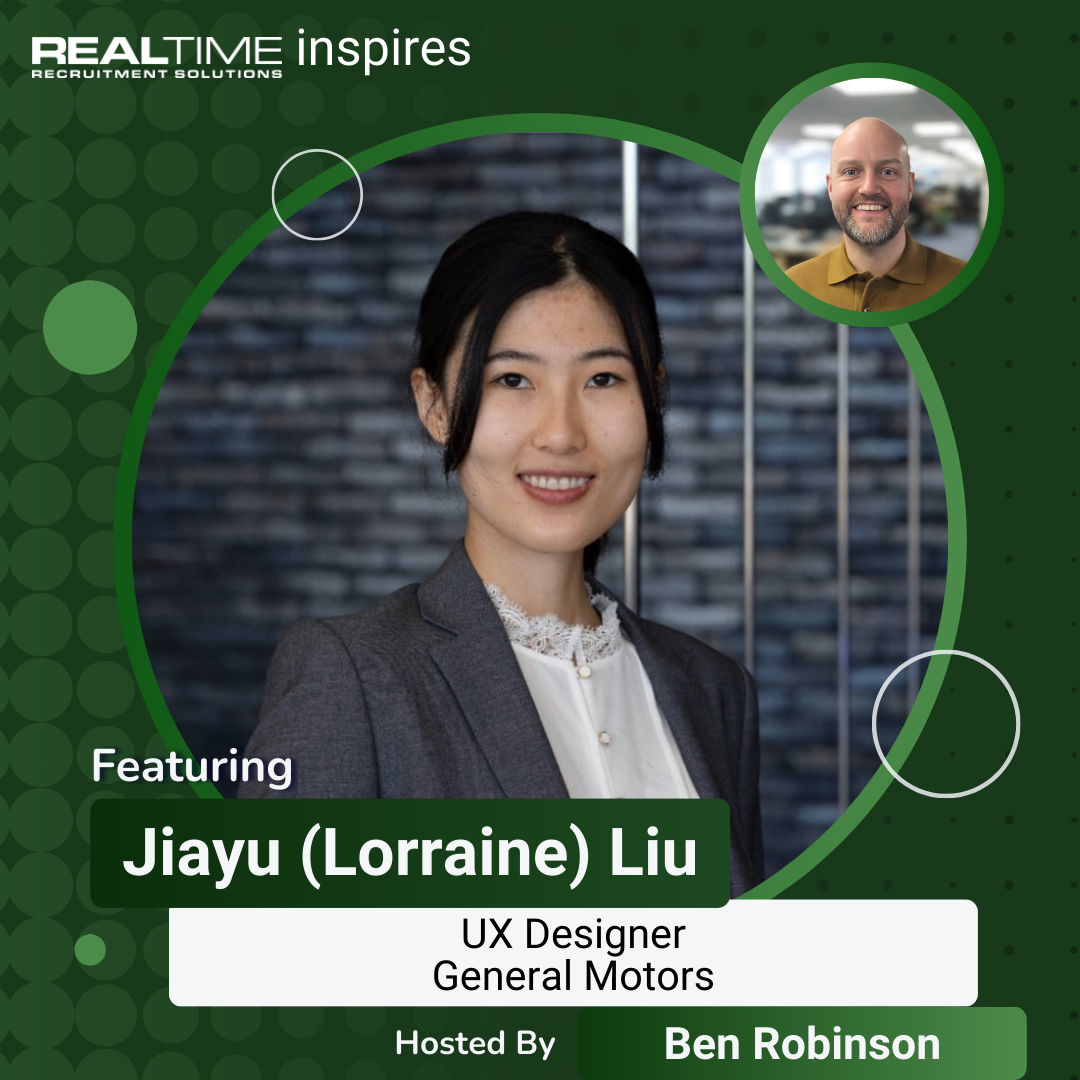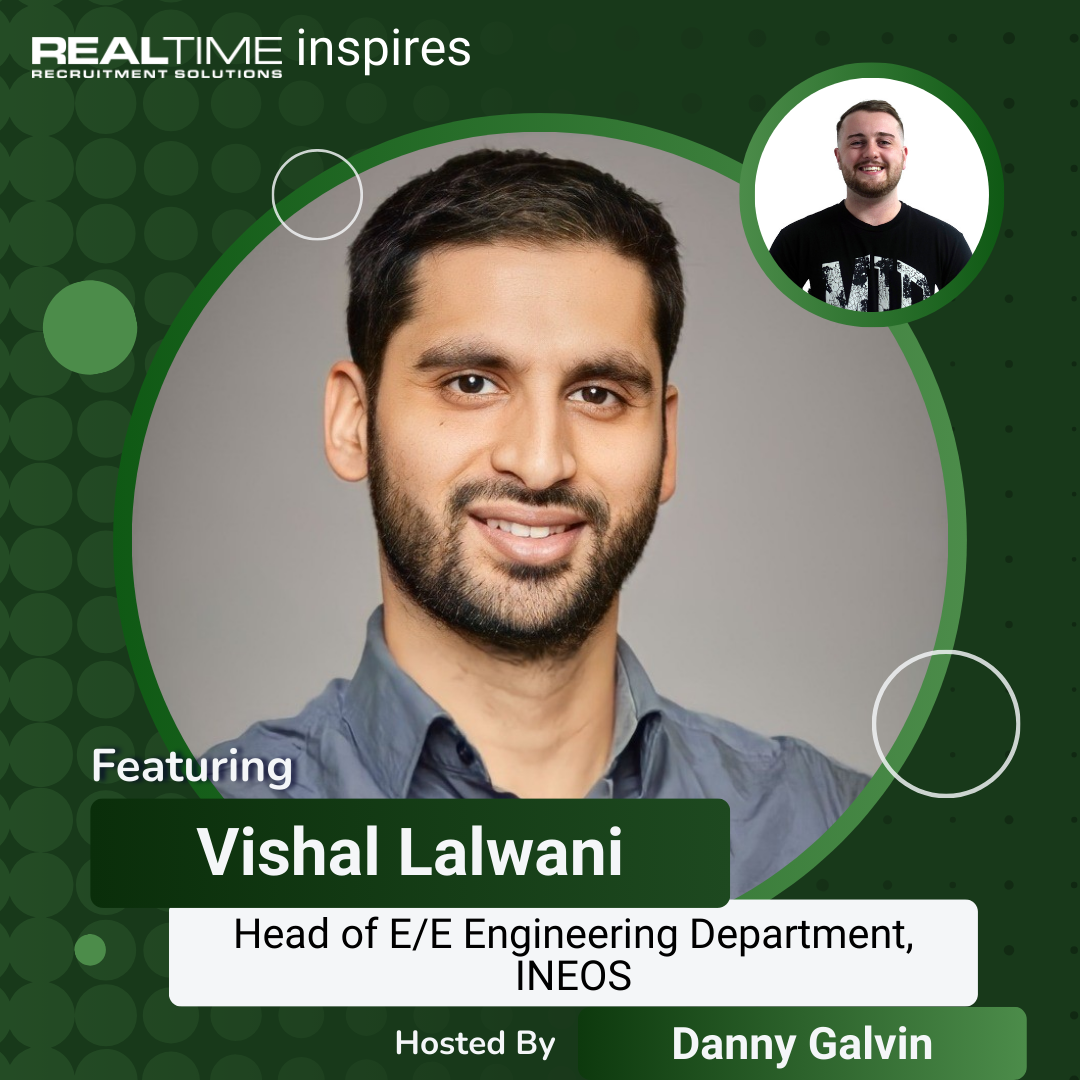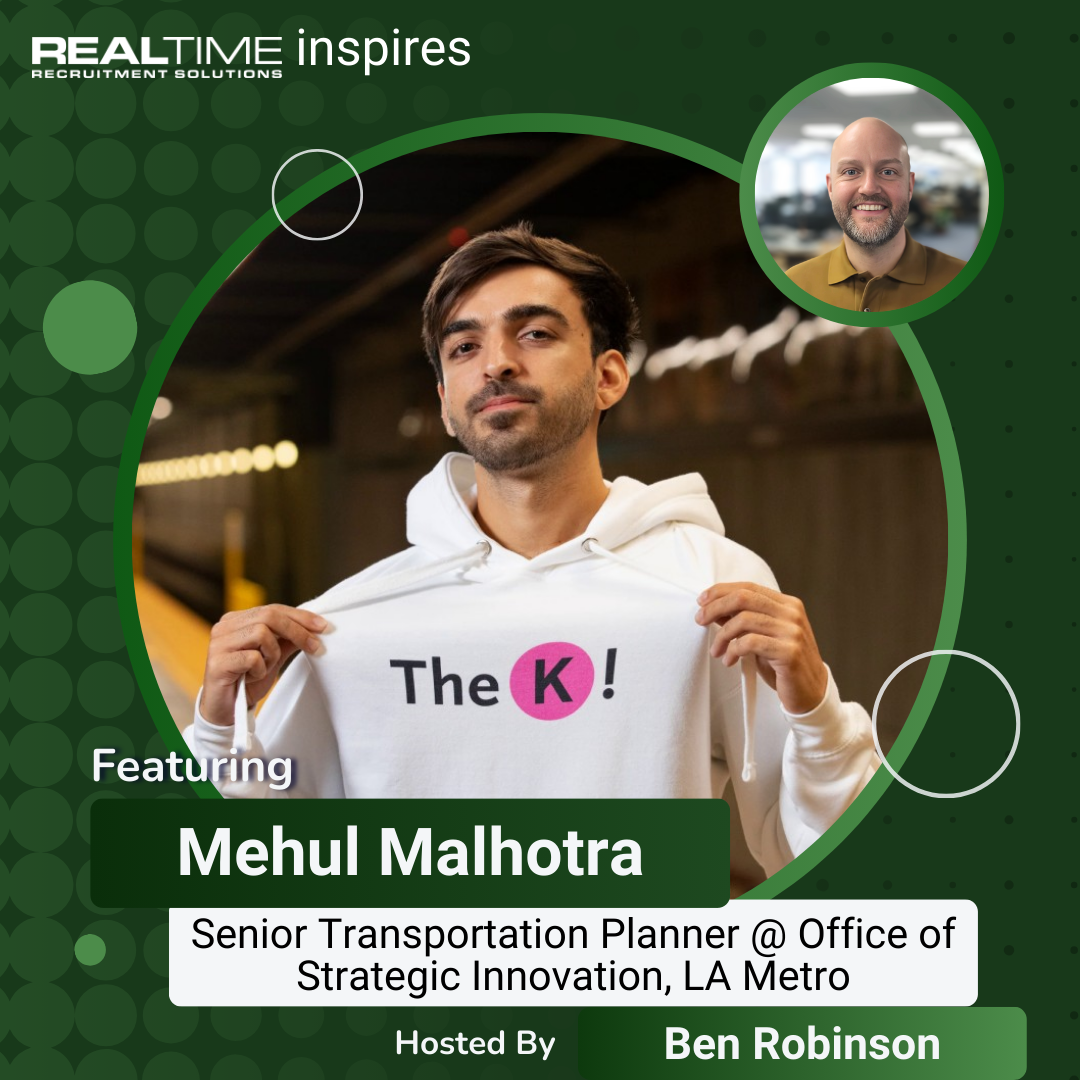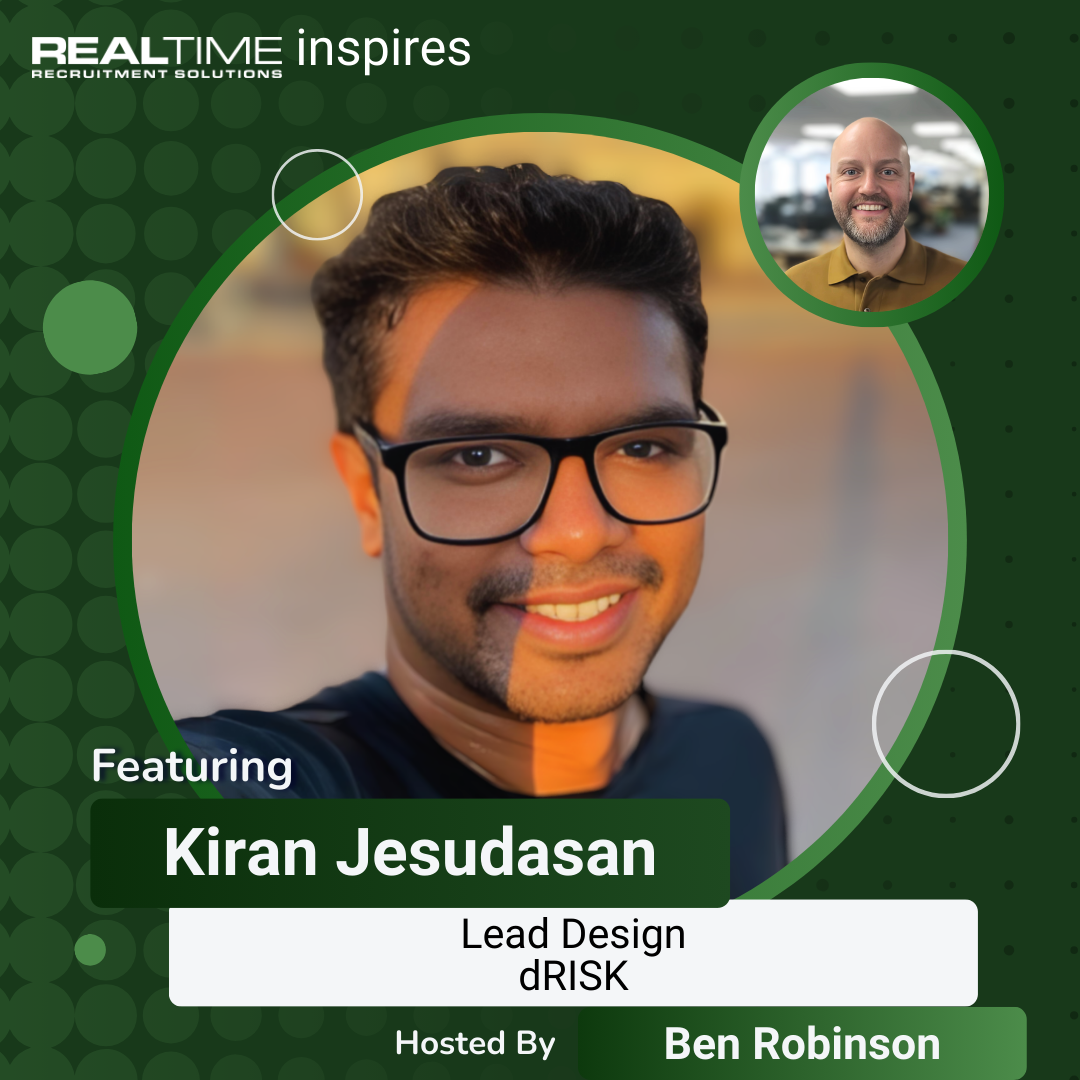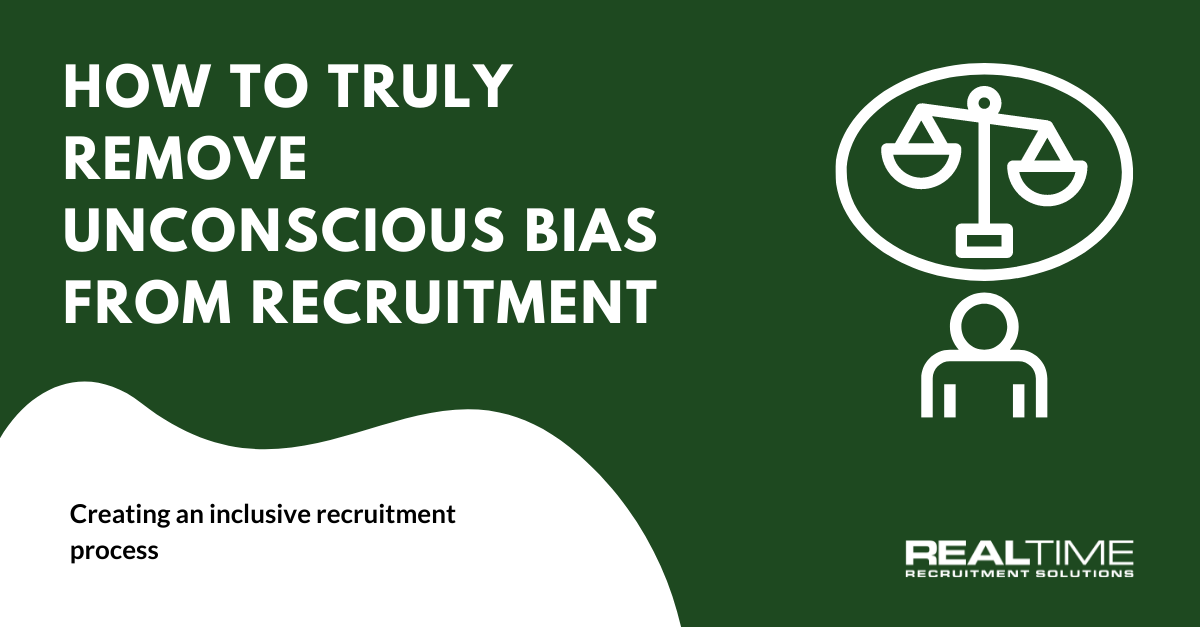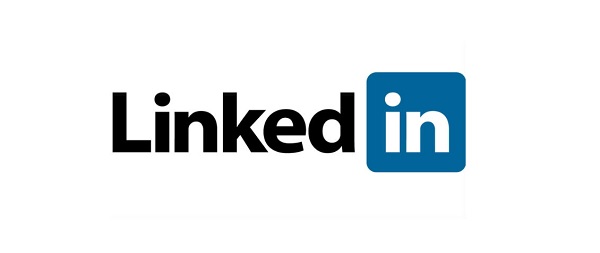
How to write the perfect engineering job description
To attract the top engineering talent, you need a compelling, accurate and intriguing job description. Simple in theory, but at RTRS, we see many companies fail at this first hurdle. With an annual shortfall of between 31,000 – 59,000 engineers, it’s crucial that your job description stands out – and we’re here to help.
A well-written engineering job description acts as a marketing, recruitment, business and performance tool. It helps candidates to understand what the engineering position will allow them to achieve, that they
Engineering job title
While your next recruit might need ninja skills
Engineering job summary
This is the hook that briefly summarises the company and the position in a way that compels the engineering candidate to read on. Keep it short and
Responsibilities and duties
Here’s where you get down to the nitty-gritty; what they’ll be doing and delivering on. Include:
Day-to-day responsibilities
Ensure that this is clear, accurate and honest. If someone
Strategic responsibilities
Detail how the engineer will contribute to the overall success of the business and what longer-term duties they will
It’s important to keep this section as focused and as short as possible, to avoid turning people off, while also accurately reflecting what the role requires. Try to use outcome-based statements, explaining what the engineer will
Skills and qualifications
This is the difficult part; deciding the essential skills, without dissuading candidates who would otherwise be a good fit. Discuss these requirements with the manager, team and, if possible, the previous job holder.
Outline realistic, essential and desirable skills, including hard skills (such as education and qualifications) and soft skills (such as communication, problem-solving and personality traits). Be specific; if you need someone advanced in Excel, asking for “computer literate” won’t return the candidate you require. Similarly, if you need someone to explain complex technical information to non-technical members of staff, spell it out rather than assuming “good communication skills” will attract your ideal engineer.
Salary and benefits
Salary and benefits play an important part in why we come to work. Including these in the job description allows engineering candidates to decide if the pay is worth the work involved.
Speak to one of our recruitment consultants to determine a competitive salary for the position, and list
Mistakes to avoid
The top mistakes to avoid are:
- Going into too much detail
- Having unrealistic expectations
- Using internal jargon
- Not involving the relevant people
- Being discriminatory
- Not maintaining it
By following our top tips, you’ll have the perfect job description in no time and, if you’re struggling, speak to one of our consultants for their help and advice.
If you need help
